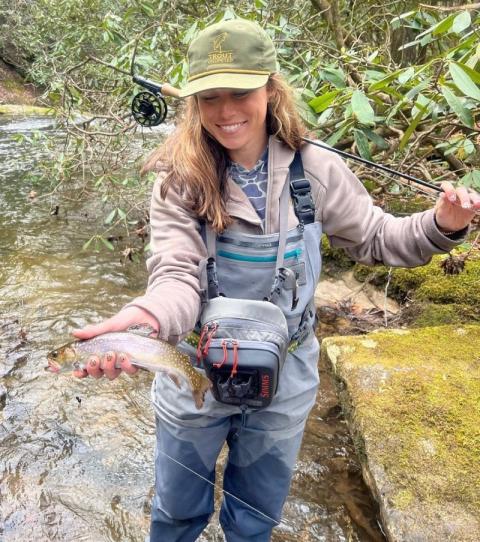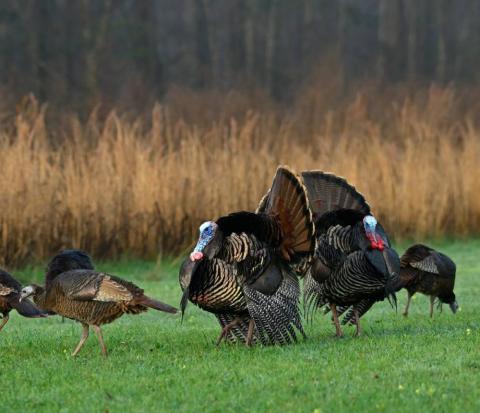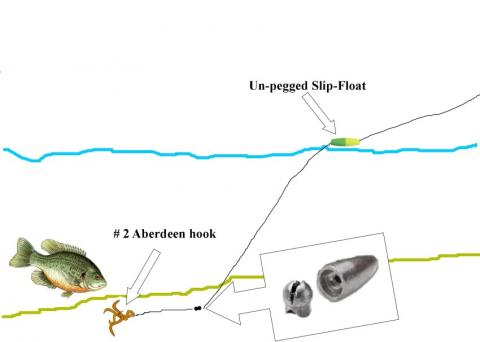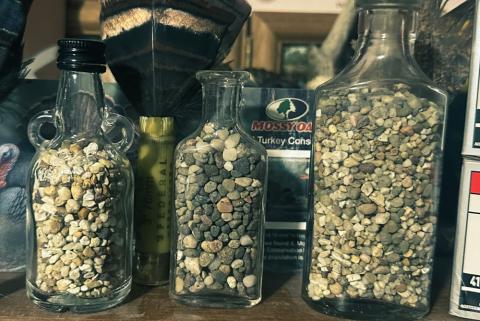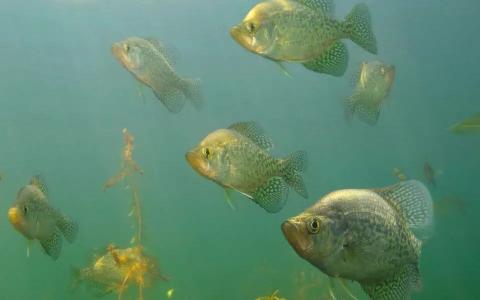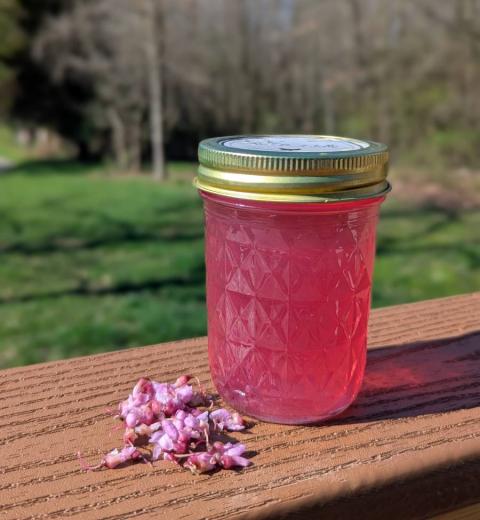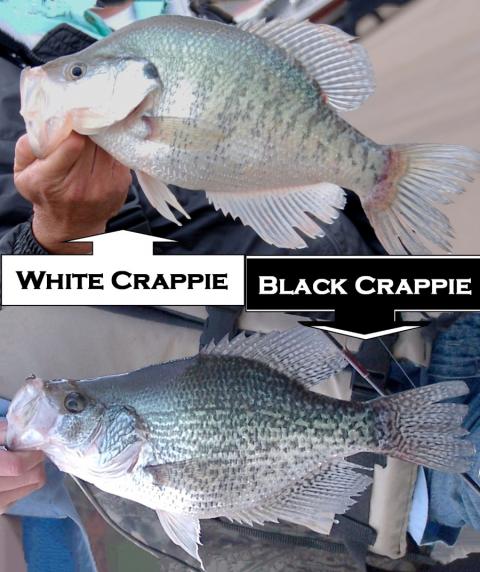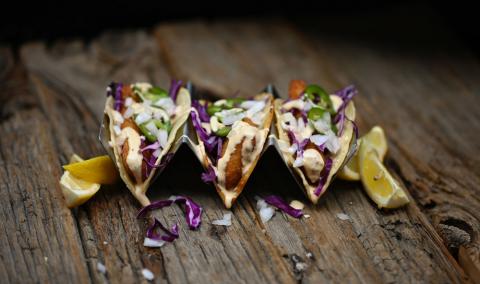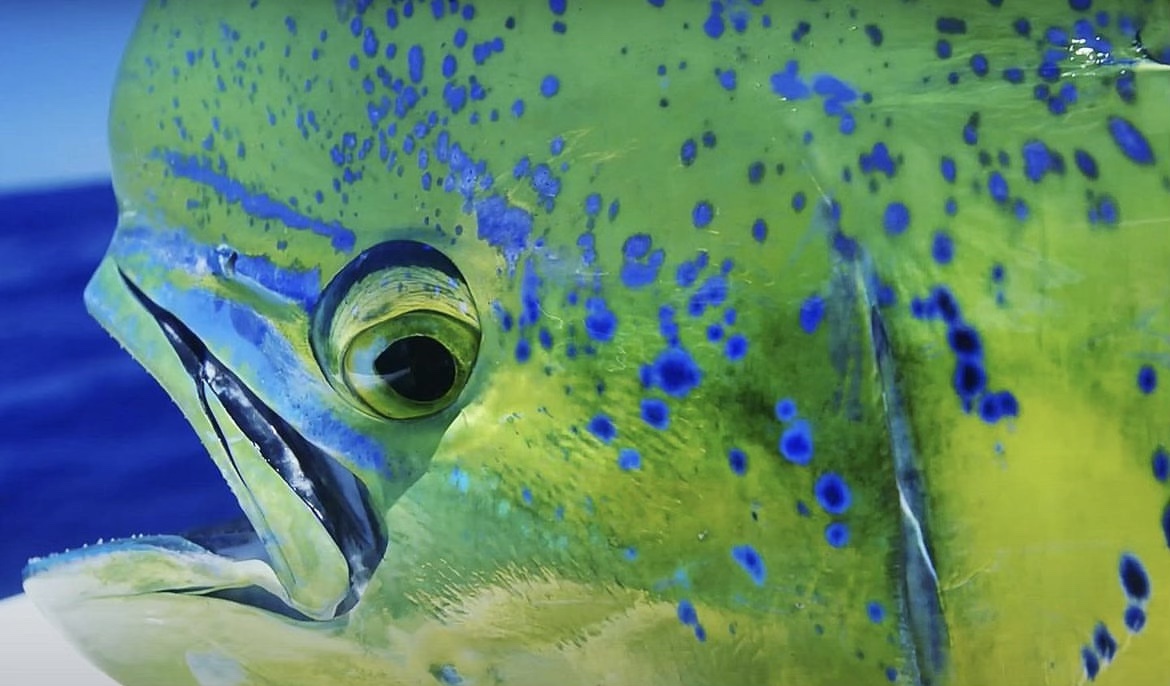
By Sam White, Editor-in-Chief of Marlin Magazine
Often called mahi-mahi to differentiate them from the mammal of the same name, dolphin are among the most popular gamefish found anywhere in the world. They’re a staple of charterboat anglers along the East Coast from Virginia to the Florida Keys; in the Gulf of Mexico, they’re less frequent but no less a thrill when you hook a big one. Wildly colorful, with vivid yellows, greens, blues and silvers that flash and shimmer with intensity, mahi are tough fighters once hooked. They’ll often use their powerful slab-sided bodies to angle into the current, giving them a pugilistic nature on the rod and making them seem much larger than they actually are—many a tired angler has remarked that a 20-pound mahi fights twice as hard as any other similar-sized pelagic. They are capable of some amazing aerial displays as well, jumping and tailwalking across the surface in an effort to throw the hook (which they can do with maddening frequency).
Mahi-mahi are a fast-growing fish with a short life span of only about six years, according to the most recent research on the species. Adult females are smaller than males and are easily distinguished by the shape of the head—males are known as bulls and have a prominent, nearly vertical head, while females, called cows, are more conventionally shaped and lack that prominent blunt characteristic. Mahi are found in tropical and temperate seas worldwide in the Atlantic, Pacific and Indian oceans; the IGFA All-Tackle world record fish was caught in the Gulf of Papagayo in 1976 by Manuel Salazar, and weighed 87 pounds. They are not considered overfished or in danger of overfishing, thanks in part to their prolific spawning and very rapid growth.
But among all their other characteristics, perhaps best of all, they’re delicious on the dinner table, with firm, white meat that’s excellent in nearly any preparation including grilling, frying into fish fingers or broiling. Here are some top techniques to consider when targeting these multicolored speedsters.
Mahi-Mahi on the Troll
As with most other pelagic species, dolphin can reliably be found along current eddies and edges where two boundaries meet, such as where the warm, northward-flowing Gulf Stream meets the cooler inshore waters. A productive strategy for mahi, as well as a variety of other species, is to troll a standard spread of rigged dead ballyhoo with small colorful skirts—the Ilander series is well-known for this purpose, and scores of trophy dolphin have fallen for a blue-and-white Ilander and ballyhoo combination. That specific color perfectly mimics a flyingfish, which is at the top of a dolphin’s preferred menu. Other productive colors are pink, purple-and-black and green-and-yellow. The good news is that this spread will also produce bites from yellowfin and blackfin tuna, wahoo, sailfish and even blue and white marlin.
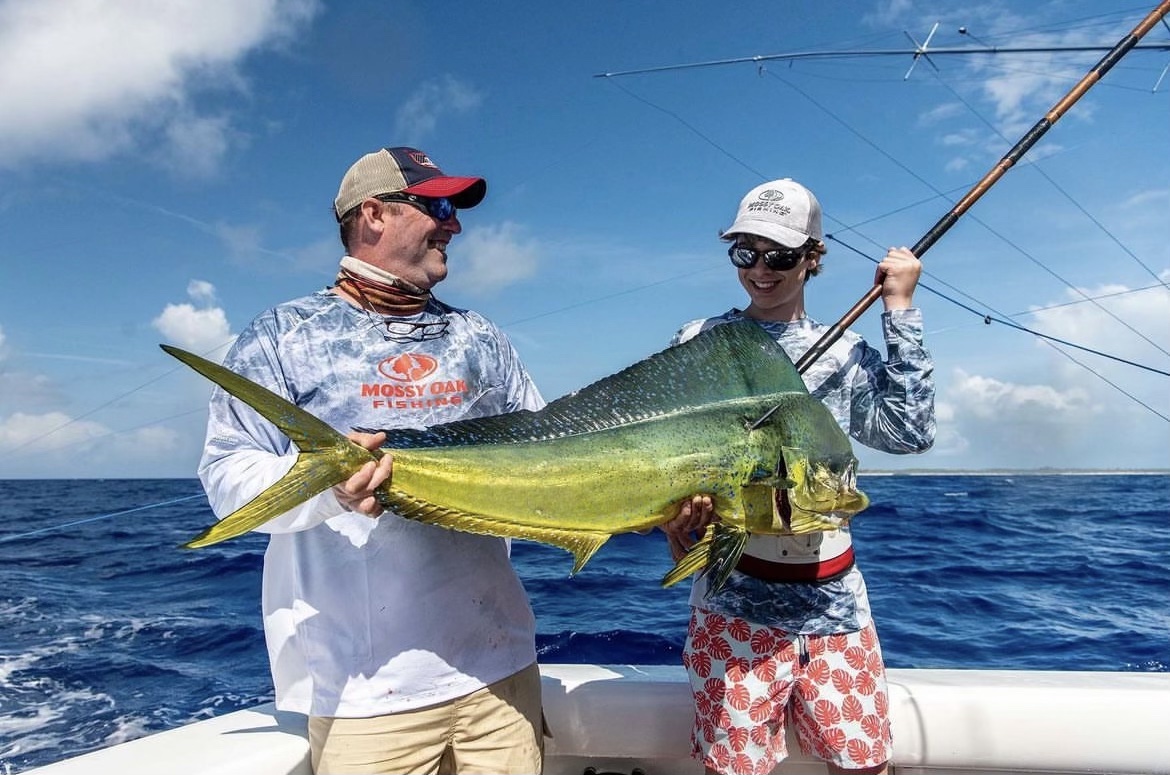
An epic catch by a father-son team.
Working the Weedlines
Mahi love Sargassum weed. They’re attracted to the shade and also for the large number of small crustaceans, shrimp, finfish and other species that hide within this yellow-brown weed, which floats on the surface of the ocean thanks to small air sacs. Currents often form Sargassum into long lines, where it collects into larger floating mats, providing even more shade and cover. Mahi will often bump or nudge the weed to spook any inhabitants, then nabbing an easy meal.
Fishing weedlines can be hit or miss. Some seem to hold a motherlode of fish while others are barren, or someone might have caught those resident fish prior to your arrival. Either way, set a trolling course up one side and down the other but don’t spend too much time pounding it—if dolphin are present, they’ll make themselves known.
Run and Gun for Birds
Frigatebirds and dolphin share a symbiotic relationship. Giant aviators of the offshore skies, with wingspans of more than six feet, frigate birds spend hours soaring on the air currents as they peer into the depths in search of prey, most often flying fish. Frigate birds are unable to dive into the water, so they wait for a pelagic such as a big mahi or blue marlin to spook flying fish into the air. At this point, the frigate wheels in and picks off an easy meal as it skitters across the wavetops. For sharp-eyed anglers, seeing a frigatebird swooping down to the surface is sure to get pulses racing, as there’s always a big pelagic in the vicinity. When this activity is prevalent, reel in the trolling spread and use run-and-gun tactics to bounce from bird to bird. Casting live bait into the fray is especially deadly.
Floaters and FADs
Perhaps even more attractive than a weedline is any other large floating object found offshore. Tree limbs (and even entire trees) or any other kind of flotsam or jetsam serves as a natural fish-attractor and should be worked thoroughly. On one memorable trip, we located part of an old dock that had broken loose in a previous hurricane, floating on the edge of the Gulf Stream along with some old rope and fish trap floats. It was loaded with 25-pound dolphin; we kept a few for the fishbox and enjoyed “bailing” them on light spinning rods. Don’t neglect to send a live bait or jig into the depths, too. Larger mahi are more solitary than their smaller schooling relatives, so a big loner is more likely to hang out below or off to the side of any floating structure.
While mahi can sometimes be frustrating, they’re usually not finicky and will feed with abandon. Be sure to keep only what you can use and release the rest to fight again another day.














